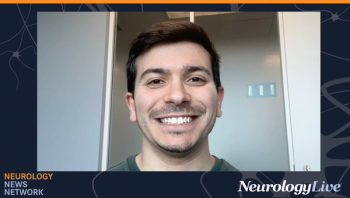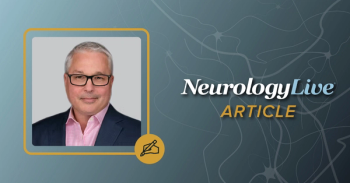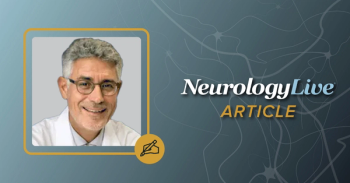
Pediatric Migraine Guidelines Provide Framework for Disease Management
The director of the division of neurology and headache medicine specialist at Cincinnati Children’s Hospital offered insights on the updated pediatric migraine guidelines recently issued by the AAN and AHS.
Andrew Hershey, MD, PhD
The American Academy of Neurology (AAN) and American Headache Society (AHS) have developed 2 guidelines for the prevention and treatment of migraine in children and teenagers, as an update to the 2004 iteration from the AAN.1,2
The guidelines have 2 areas of focus, with the first offering recommendations regarding acute treatments to halt or reduce migraine symptoms, and the second exploring the available interventions for the prevention and reduction migraine attacks to lessen their impact on patients' lives.
Overall, the authors, including Andrew Hershey, MD, PhD, director of the division of neurology and a headache medicine specialist at Cincinnati Children’s Hospital, and professor of pediatrics at the University of Cincinnati College of Medicine, recommended that pediatric patients have detailed history and physical exams, including a neurological examination, performed. As well, they insisted that physicians provide education for children and their caregivers about migraine and its associated factors.
To learn more about the guidelines, what they offer the clinical community, and how this update builds upon its predecessor, NeurologyLive spoke with Hershey.
NeurologyLive: What do these guidelines provide the clinical community?
Andrew Hershey, MD, PhD: The National Academy of Medicine has recognized that many treatments for children and adolescents are extrapolations from adult studies and that this may be inappropriate, thus they encouraged studies and guidelines directed toward the unique aspects of caring for children and adolescents. The current guidelines are a further step in this goal and provide a framework for the clinical community to apply an evidence basis to the management of migraine in children and adolescents. It additionally reveals significant gaps that remain to be filled.
How do these build upon the previous iteration from 2004? Were there any major changes?
Since 2004, there have been additional studies of the efficacy of acute and preventive treatments for migraine in children and adolescent that has included approval for these treatments by the US FDA and the EMA. The use of a multidisciplinary approach is becoming clearer with a combination of acute, preventive and biobehavioral therapy. The guidelines also continue to identify the complexity of developing the studies to prove efficacy as children’s and adolescent’s studies follow the results of adult studies such that there is a much higher expectation of response and thus impact the placebo component. This has limited the impact of major changes and opens the door for new and novel research paradigms.
Were there any changes made regarding specific interventions that have been used regularly in this population?
For acute therapy, there is little evidence beyond NSAIDs, acetaminophen, and triptans, thus the historical use of other analgesics should be avoided. The prevention strategies are more complex as the best evidence from the guidelines is the combination of cognitive-behavioral therapy and amitriptyline, while the evidence of traditional preventive agents remains less robust (i.e., amitriptyline alone, topiramate, divalproate, propranolol). Although it was not recommended against these treatments, a more holistic approach that uses a multidisciplinary team and inclusion of healthy habits appears to have the strongest benefit.
Are there any particular areas of research that still need to be explored in order to build out these guidelines further?
The newest agents for adults (CGRP antibodies and devices) have not yet been thoroughly tested in children and adolescents. When these are complete, the guidelines should be expected to generate broader choices. In order for these to be successful, novel study designs are likely to be required that incorporate the expected response that these children and adolescents will have as a result of the publicity and science behind these agents. In this way, the full measure of the benefit of these agents over the standard of care can be assessed.
REFERENCES
1. Oskoui M, Pringsheim T, Holler-Managan Y, et al. Practice guideline update summary: Acute treatment of migraine in children and adolescents. Neurology. 2019;93:1-13. doi: 10.1212/WNL.0000000000008095.
2. Oskoui M, Pringsheim T, Billinghurst L, et al. Practice guideline update summary: Pharmacologic treatment for pediatric migraine prevention. Neurology. 2019;93:1-10. doi: 10.1212/WNL.0000000000008105.
Newsletter
Keep your finger on the pulse of neurology—subscribe to NeurologyLive for expert interviews, new data, and breakthrough treatment updates.



























